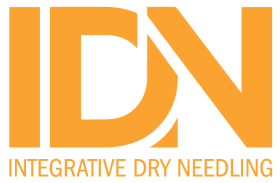Clin J Pain. 2024 Dec 17. doi: 10.1097/AJP.0000000000001265. Online ahead of print.
ABSTRACT
OBJECTIVES: This study compares ultrasound-guided pulsed radiofrequency (UG-PRF) with ultrasound-guided dry needling (UG-DN) for treating painful shoulder periarthritis.
METHODS: Twenty-four patients with painful shoulder periarthritis were chosen from the Pain Department of the Sixth People’s Hospital of Nantong City between August 2022 and December 2023. They were divided into two groups, UG-PRF (n=12) and UG-DN (n=12), using a random number table. Both groups received one treatment session and stretching exercises afterwards. The study aims to analyze and compare the levels of pain severity (measured by VAS) and shoulder joint function (assessed using SPADI) among patients prior to treatment, at the 4-week mark post-treatment, and at the 12-week mark post-treatment.
RESULTS: There was no significant difference between the two groups initially. After treatment, the UG-PRF group had a larger decrease in VAS score compared to the UG-DN group at 4 weeks (-1.3±0.4) (95% CI: -2.2 ~ -0.5) and 12 weeks post-treatment (-1.1±0.5) (95% CI: -2.1 ~ -0.0). Moreover, the UG-PRF group displayed markedly lower scores on the Shoulder Pain and Disability Index in comparison to the UG-DN group at both the 4-week (-17.3±6.9; 95% CI: -31.7 ~ -2.9) and 12-week (-17.0±7.4; 95% CI: -32.3 ~ -1.7) follow-up assessments. Furthermore, 87.5% of patients reported clinically significant improvements according to the Patient Global Impression of Change evaluation.
DISCUSSION: Both UG-PRF and UG-DN therapy are effective treatments for painful shoulder periarthritis, with UG-PRF showing better results in reducing pain and improving shoulder mobility.
PMID:39682050 | DOI:10.1097/AJP.0000000000001265


